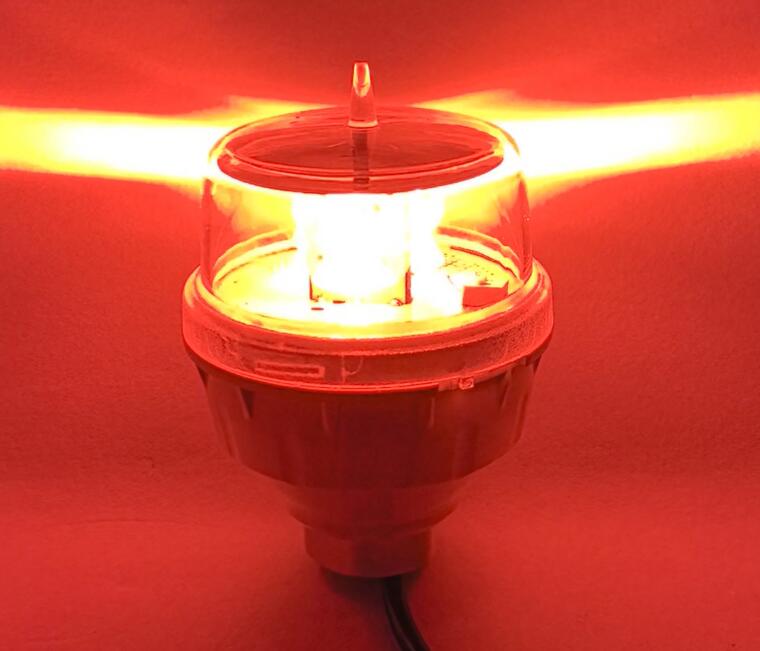Unlocking the Potential of FAA L 810 in Modern Aviation
The aviation industry is constantly evolving, driven by technological advancements and regulatory standards that ensure safety, efficiency, and sustainability. Among the critical components shaping this sector is FAA L 810, a specification that plays a pivotal role in aircraft maintenance, materials, and operational protocols. This article explores the significance of FAA L 810, its applications, and its impact on modern aviation.
Understanding FAA L 810
FAA L 810 refers to a set of guidelines or material specifications established by the Federal Aviation Administration (FAA). These standards are designed to ensure that aviation components meet stringent safety and performance requirements. While the exact nature of FAA L 810 may vary depending on its application, it generally pertains to:
Aircraft materials – Ensuring durability, weight efficiency, and resistance to environmental factors.

Maintenance procedures – Standardizing repair and inspection protocols to minimize risks.
Component certification – Guaranteeing that parts used in aircraft comply with aviation safety norms.
| faa l 810 |
The FAA’s rigorous testing and approval processes ensure that any material or procedure labeled under FAA L 810 adheres to the highest industry benchmarks.
Applications in Aviation
1. Enhanced Material Performance
Aircraft require materials that can withstand extreme conditions, including high pressure, temperature fluctuations, and mechanical stress. FAA L 810 often applies to advanced composites, alloys, and coatings that improve fuel efficiency and structural integrity.
2. Maintenance and Safety Compliance
Regular maintenance is crucial for aircraft longevity and passenger safety. FAA L 810 provides a framework for maintenance checks, ensuring that all components function optimally. This reduces the likelihood of in-flight failures and enhances overall reliability.
| faa l 810 light |
3. Streamlined Certification Processes
Manufacturers seeking FAA approval for new aircraft parts must meet FAA L 810 standards. This accelerates the certification process, allowing innovations to enter the market faster while maintaining safety.
The Future of FAA L 810 in Aviation
As aviation technology advances, FAA L 810 will continue to evolve. Emerging trends such as electric aircraft, autonomous systems, and sustainable aviation fuels will require updated standards to address new challenges. The FAA’s commitment to refining FAA L 810 ensures that the industry remains at the forefront of safety and innovation.
FAA L 810 is more than just a regulatory specification—it is a cornerstone of aviation safety and efficiency. By setting high standards for materials, maintenance, and certification, it helps maintain the industry’s impeccable safety record while fostering technological progress. As aviation moves toward a more advanced and sustainable future, FAA L 810 will remain a key driver of excellence.
For industry professionals, staying updated with FAA L 810 revisions is essential to ensuring compliance and leveraging its benefits in aircraft design, operation, and maintenance. The continued refinement of these standards will play a crucial role in shaping the next generation of aviation.
